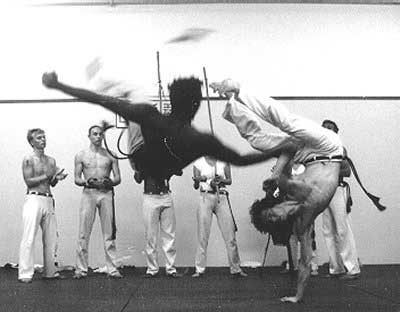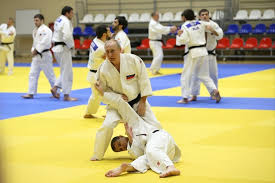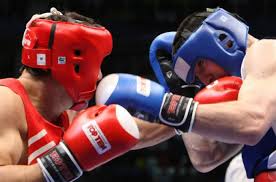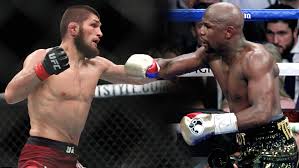MIDDLE AGES
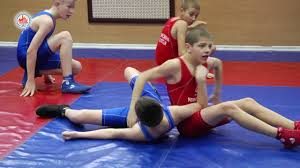 In the Middle Ages, wrestling as a sport ceases to exist. There was no place in the Christian world or in Islamic sport. But the struggle has not lost its applied significance. She belonged to the “7 virtues of a knight.” Wrestling fights were also common among peasants and citizens who were forbidden to carry weapons. The fact that the struggle at that time was popular among the people, is evidenced by monuments of architecture and fine art in different parts of the world. For example, the bas-reliefs of the temple in the ancient capital of Armenia, Ani (11th century), depict a harvest festival, an integral part of which was the struggle of wrestlers in animal skins. Many references to the struggle can be found in literary sources, for example, in the Scandinavian Saga of Grittir, whose protagonist confronts opponents armed with swords without weapons. With the help of wrestling techniques, Grittir disarms enemies and, having seized their weapons, kills. And the famous Icelandic wrestling of glima has survived to the present day.
In the Middle Ages, wrestling as a sport ceases to exist. There was no place in the Christian world or in Islamic sport. But the struggle has not lost its applied significance. She belonged to the “7 virtues of a knight.” Wrestling fights were also common among peasants and citizens who were forbidden to carry weapons. The fact that the struggle at that time was popular among the people, is evidenced by monuments of architecture and fine art in different parts of the world. For example, the bas-reliefs of the temple in the ancient capital of Armenia, Ani (11th century), depict a harvest festival, an integral part of which was the struggle of wrestlers in animal skins. Many references to the struggle can be found in literary sources, for example, in the Scandinavian Saga of Grittir, whose protagonist confronts opponents armed with swords without weapons. With the help of wrestling techniques, Grittir disarms enemies and, having seized their weapons, kills. And the famous Icelandic wrestling of glima has survived to the present day.
Hand-to-hand combat with fighting techniques existed in England even before the Norman invasion. Since the XII century, the so-called “Cornish struggle” and “Northumberland struggle.” True, contrary to the names, they are not a pure struggle, since they contain in their arsenal not only wrestling equipment, but also percussion. In the future, the struggle took shape in an independent sport and began to develop in England parallel to boxing. Distribution was taught at once by several types of wrestling: “ketch gold”, “ketch the ketch ken”, “old free wrestling”.
One of the first textbooks, “The Art of Wrestling,” written by Fabian von Auerswald, was published in 1539. The main content of the book is recommendations on the development of protective skills that could be applied “if necessary.”
In the Middle Ages, many national forms of struggle also arose.
